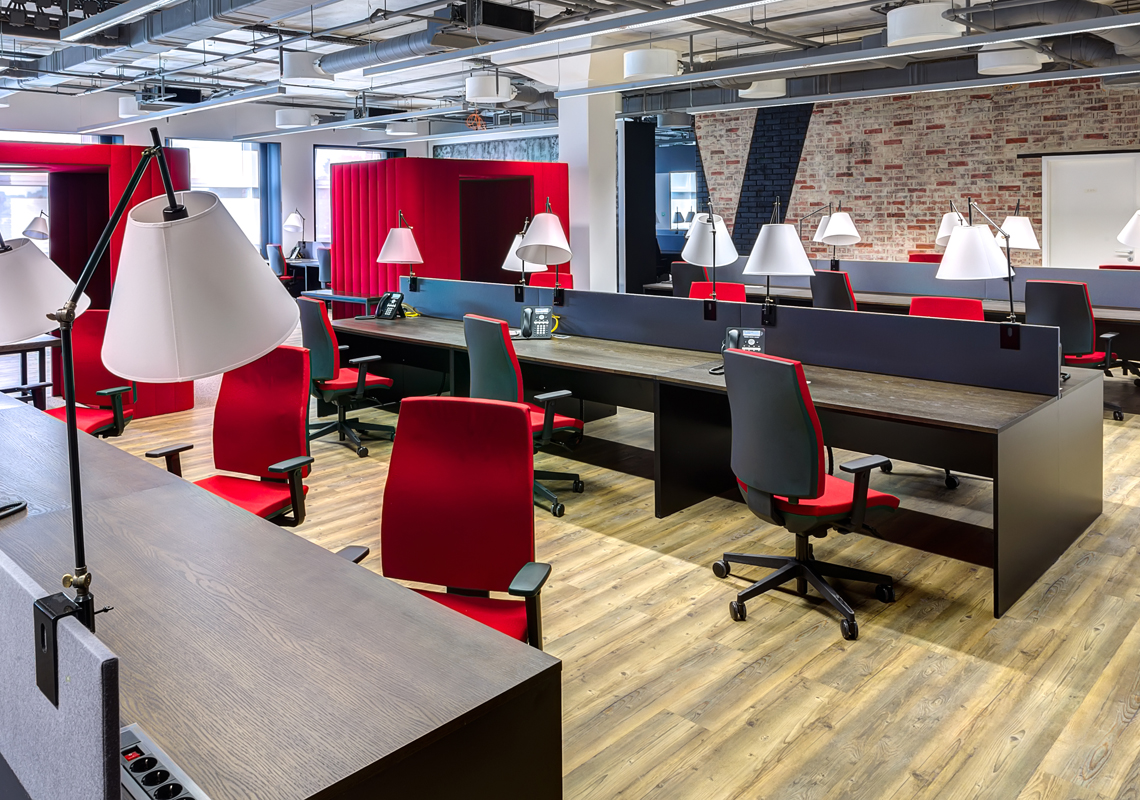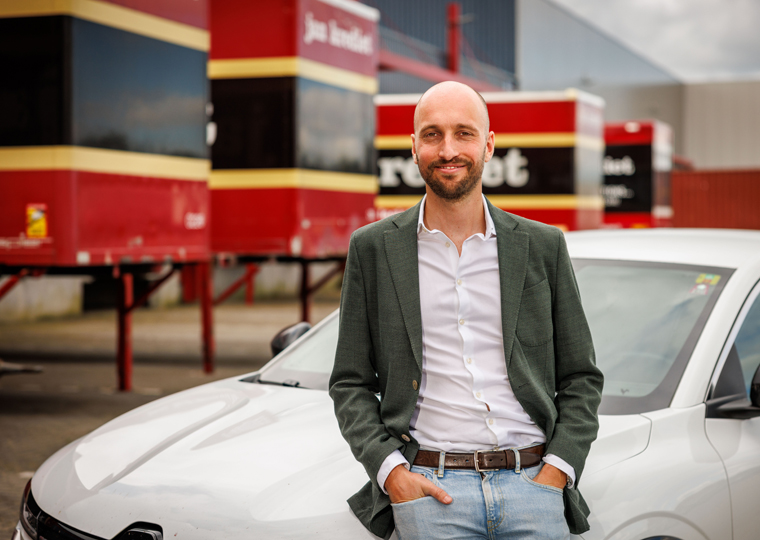SALES DIRECTOR GUIDO MIGNON: "NEW TIMES, NEW OFFICES"
In recent years, office spaces have evolved from traditional, rigid workplaces to flexible, inspiring environments. The old-fashioned cubicle had been out of favour for decades, but even the open-plan office is now in the garbage. This shift reflects not only changing business needs, but also the impact of technology and the desires of a new generation of young workers who demand much more from the workplace. To the ‘older’ ones, the modern office sometimes looks more like a trendy coffee shop.


The rise of flexible workspace
With years of experience in project logistics, we at Jan Krediet have witnessed quite a few of these developments and transformations. One of the most striking trends in the office market is the rise of flexible workspace. Co-working spaces and shared office concepts have rapidly become popular. Sometimes extremely fast-growing global players in this market segment offered companies the opportunity to expand or contract quickly, without being stuck with long-term leases. I myself worked briefly from such a location in London at a previous employer. We had outgrown our premises too quickly and could not immediately find a larger office. This way, we immediately had a complete solution; the beer on Friday afternoons even included. And we were certainly not alone there: self-employed people, startups and entire departments of companies that were temporarily stationed there sat together at the ‘vrijmibo’; hip Dutch slang for the old-fashioned Friday afternoon drink (Dutch: vrijdagmiddagborrel).
Co-working spaces: a game changer in the working environment
The concept of co-working spaces has rigorously changed the way we look at workplaces. It has also been an inspiring development for us. Setting up more than 80 locations for a major US player across Europe and beyond, we have established ourselves as the name in European project logistics.
Hybrid working models and the future of offices
The COVID-19 pandemic changed the direction of this trend overnight: hybrid working models, where employees can work from home as well as in the office, became essential for the survival of organisations overnight. This need for flexibility and technological integration continued even after the pandemic; working from home even seemed to become a fundamental right for employees for a while. While some may argue that this marks the end of offices, it is clear to me that the need for physical workplaces remains. However, they are evolving into more than just places to work; they are becoming centres of innovation, collaboration and inspiration. The market is adapting to this new reality, and those who are flexible and progressive will thrive in this ever-changing environment.